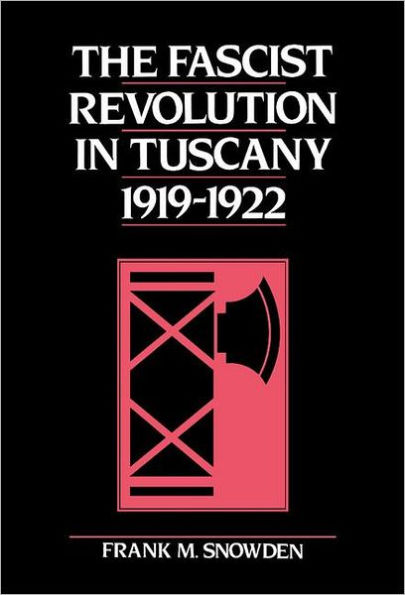The Fascist Revolution in Tuscany, 1919-22
Tuscany, a major agricultural region, played a key role in the rise of fascism to power. This is the first detailed study of the social origins of the fascist reaction within Tuscan society, offering an analysis of the tensions in the social fabric of the region to which fascism responded with such violence. Tuscan fascism was second to none in its violence, organizational strength, intransigence, and missionary zeal. In both town and countryside the central task is to answer the question of who supported fascism, and why. To what extent did Tuscany conform to national patterns? What were the implications of the pattern of support for fascism in Tuscany for the wider interpretation of the movement? The author offers a thematic approach, discussing agrarian fascism, industrial and urban activity, and reactions between the black shirts and state officials. Thus the significance of the fascist militancy of particular social groups and classes can be assessed for the period between the mass strikes in 1919 to the end of labor militancy marked by the beginning of the fascist dictatorship.
1100939496
The Fascist Revolution in Tuscany, 1919-22
Tuscany, a major agricultural region, played a key role in the rise of fascism to power. This is the first detailed study of the social origins of the fascist reaction within Tuscan society, offering an analysis of the tensions in the social fabric of the region to which fascism responded with such violence. Tuscan fascism was second to none in its violence, organizational strength, intransigence, and missionary zeal. In both town and countryside the central task is to answer the question of who supported fascism, and why. To what extent did Tuscany conform to national patterns? What were the implications of the pattern of support for fascism in Tuscany for the wider interpretation of the movement? The author offers a thematic approach, discussing agrarian fascism, industrial and urban activity, and reactions between the black shirts and state officials. Thus the significance of the fascist militancy of particular social groups and classes can be assessed for the period between the mass strikes in 1919 to the end of labor militancy marked by the beginning of the fascist dictatorship.
120.0
In Stock
5
1

The Fascist Revolution in Tuscany, 1919-22
308
The Fascist Revolution in Tuscany, 1919-22
308Hardcover
$120.00
120.0
In Stock

Product Details
| ISBN-13: | 9780521361170 |
|---|---|
| Publisher: | Cambridge University Press |
| Publication date: | 11/30/1989 |
| Pages: | 308 |
| Product dimensions: | 5.98(w) x 9.02(h) x 0.83(d) |
From the B&N Reads Blog
